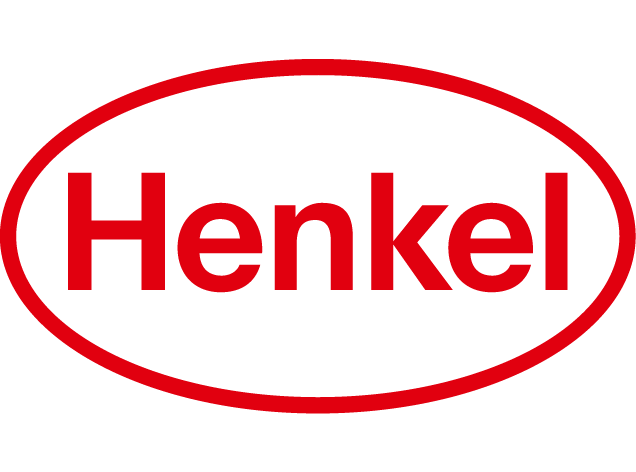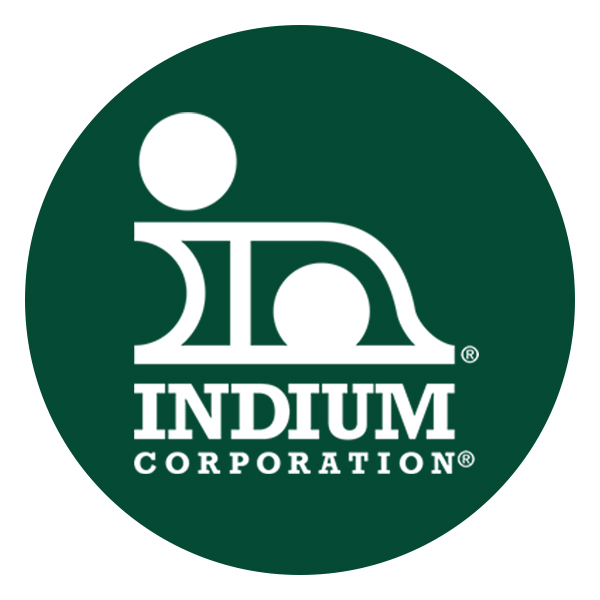Web exclusive
Adhesives: essential EV enablers
Adhesives are used in vehicles of all kinds, but they are particularly essential in electric vehicles (EVs) because they perform key functions within battery packs and help save weight in body structure, translating into performance and energy efficiency, as David Fetterman, PPG Industries’ global segment director for adhesives and sealants, explains to Peter Donaldson.

















